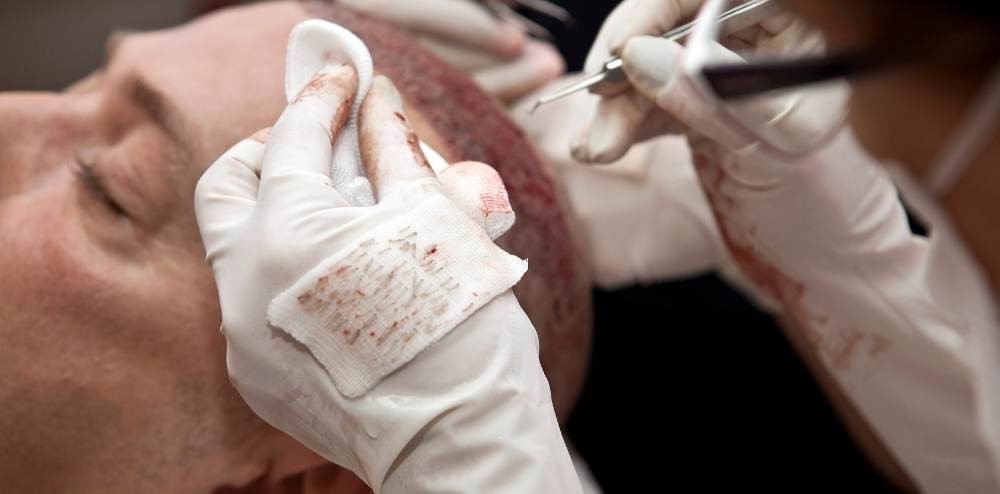Hair transplant can involve some degree of pain and discomfort, but it is typically well-tolerated by most patients. The procedure is performed under local anesthesia, which helps to minimize the discomfort. Some patients may experience mild pain or soreness in the scalp area for a few days after the transplant, but this can usually be managed with over-the-counter pain medication. It is important to follow your doctor’s post-operative instructions carefully to ensure a smooth and comfortable recovery.
The level of pain experienced during a hair transplant procedure can vary from person to person, and it depends on several factors, including the individual’s pain tolerance, the specific technique used, and the surgeon’s skill. Generally, modern hair transplant procedures are designed to minimize discomfort for the patient.
Here are some key points regarding pain during a hair transplant:
Local Anesthesia: Hair transplant procedures typically involve the use of local anesthesia to numb the donor and recipient areas on the scalp. This means that the patient is awake during the procedure, but they should not feel pain in the treated areas.
Sedation Options: Some clinics may offer mild sedation or oral medications to help patients relax during the procedure. This can contribute to a more comfortable experience.
Postoperative Discomfort: After the procedure, patients may experience some discomfort, soreness, or mild pain in the donor and recipient areas. This is usually managed with over-the-counter pain medications prescribed by the surgeon.
Individual Variability: Pain perception varies among individuals. While some people may report minimal discomfort, others may experience a higher level of sensitivity. Patients need to communicate openly with their surgeons about their pain levels during and after the procedure.
Advanced Techniques: Advances in hair transplant techniques, such as Follicular Unit Extraction (FUE) and Follicular Unit Transplantation (FUT), aim to minimize trauma to the scalp, reduce scarring, and improve overall patient comfort.
It’s crucial to choose a qualified and experienced surgeon who employs modern techniques and prioritizes patient comfort. Patients should also follow postoperative care instructions provided by their surgeon to manage any discomfort and promote a smooth recovery.
Ultimately, while some discomfort or mild pain may be associated with a hair transplant, advancements in technology and techniques have significantly improved the overall patient experience, making the procedure more tolerable for many individuals.
https://www.estevitalyahair.com/is-hair-transplant-painful-what-you-need-to-know/
